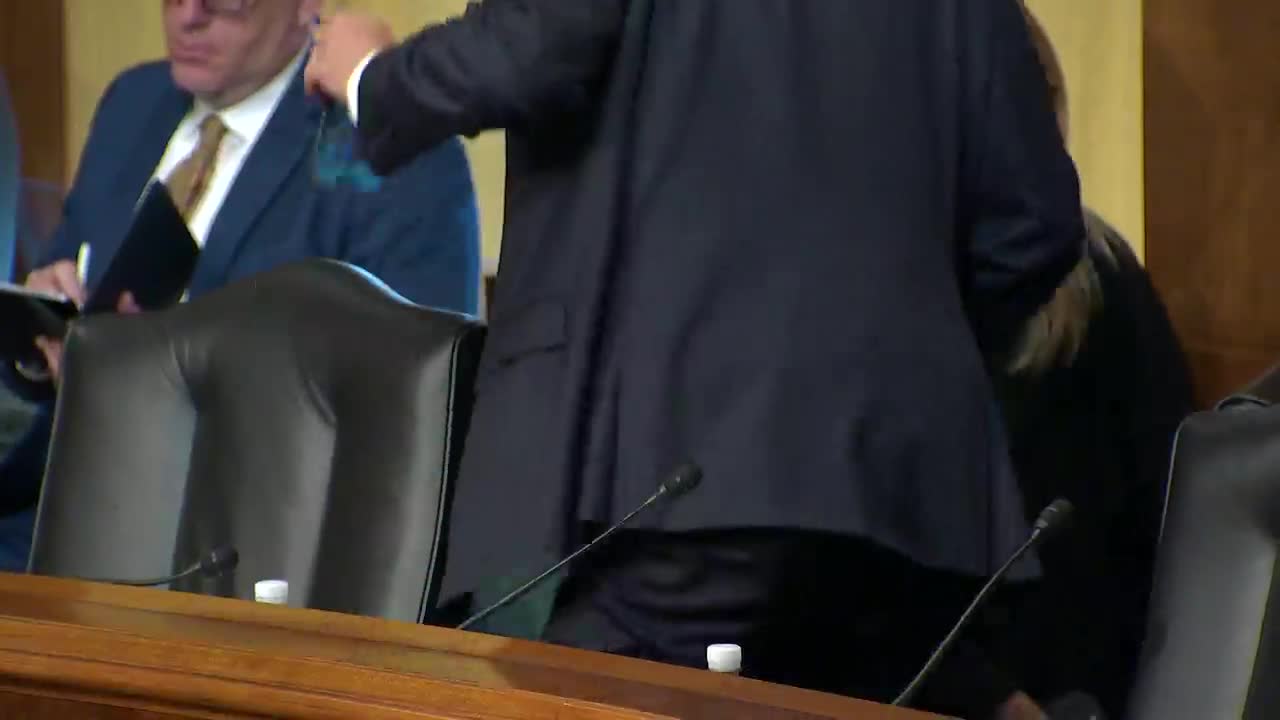Tax Cuts at Risk of Massive Increases for American Families
September 12, 2024 | Finance: Senate Committee, Standing Committees - House & Senate, Congressional Hearings Compilation
This article was created by AI summarizing key points discussed. AI makes mistakes, so for full details and context, please refer to the video of the full meeting. Please report any errors so we can fix them. Report an error »

In a recent government meeting, discussions centered on the implications of the Tax Cuts and Jobs Act (TCJA) as its expiration approaches in 2025. Proponents of the TCJA argued that the legislation has benefited all income brackets by reducing tax rates, doubling the standard deduction, and enhancing the child tax credit, which they claim has led to increased household incomes and a significant drop in unemployment rates.
Senators expressed concern that failing to extend the TCJA could result in a staggering $4 trillion tax increase affecting Americans across all income levels. For instance, a single parent earning $52,000 with two children could face a tax hike of nearly $1,500, while a married couple earning $85,000 could see an increase of about $1,600. These figures were highlighted as substantial financial burdens for families, comparable to an additional rent or mortgage payment.
The meeting also addressed the distribution of tax burdens across different income groups. Data presented indicated that the share of income taxes paid by the top 1% has increased from 33.2% in 2001 to 45.8% in 2021, suggesting that the tax code has become more progressive since the TCJA was enacted. This trend was noted as a continuing shift, with higher earners bearing a larger share of the tax burden.
Concerns were raised about proposals from some lawmakers to increase taxes on higher income earners and corporations, with arguments made that such measures would not sufficiently address the federal deficit. Instead, it was suggested that a broader focus on spending and long-term liabilities is necessary to tackle the nation's fiscal challenges.
As the debate continues, lawmakers are grappling with the potential consequences of the TCJA's expiration and the broader implications for American families and the economy.
Senators expressed concern that failing to extend the TCJA could result in a staggering $4 trillion tax increase affecting Americans across all income levels. For instance, a single parent earning $52,000 with two children could face a tax hike of nearly $1,500, while a married couple earning $85,000 could see an increase of about $1,600. These figures were highlighted as substantial financial burdens for families, comparable to an additional rent or mortgage payment.
The meeting also addressed the distribution of tax burdens across different income groups. Data presented indicated that the share of income taxes paid by the top 1% has increased from 33.2% in 2001 to 45.8% in 2021, suggesting that the tax code has become more progressive since the TCJA was enacted. This trend was noted as a continuing shift, with higher earners bearing a larger share of the tax burden.
Concerns were raised about proposals from some lawmakers to increase taxes on higher income earners and corporations, with arguments made that such measures would not sufficiently address the federal deficit. Instead, it was suggested that a broader focus on spending and long-term liabilities is necessary to tackle the nation's fiscal challenges.
As the debate continues, lawmakers are grappling with the potential consequences of the TCJA's expiration and the broader implications for American families and the economy.
View full meeting
This article is based on a recent meeting—watch the full video and explore the complete transcript for deeper insights into the discussion.
View full meeting